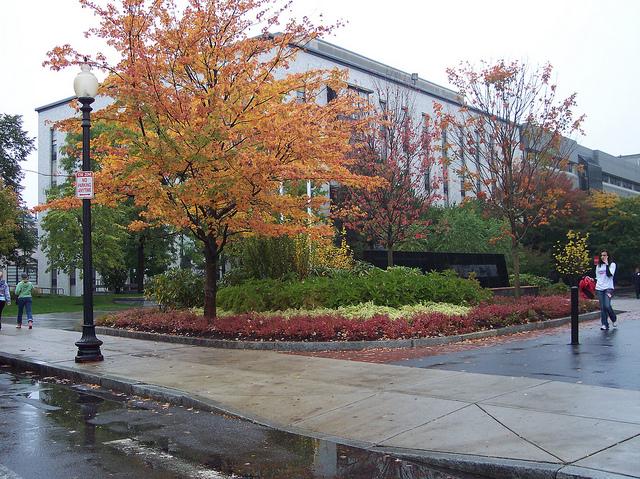In 20 years, none of us will recognize Northeastern University. Just like our parents get confused by the new elevator system in East Village and the “computer rooms” on campus, humanity’s most trusted institutions will be foreign to us by the time our children walk these hallowed halls.
The world’s colleges and universities are facing a changing landscape. Accessibility is more important and affordability is less obtainable than any other time in history, and there are forces that will mold higher education into what it was always destined to be. These institutions have been responsible for most major discoveries of the last two centuries. They have also churned out hundreds of leaders who changed the world’s political landscape and have made manicured lawns an art form. But now, there are forces creating possibilities and challenges that will take higher education to a new level.
For one, the value of education is being redefined as new job markets spring up and occupations of the past become obsolete. Higher education and the knowledge it brings will always put students on a path toward change and evolution, but that path’s end point isn’t the same as it was just a decade ago.
These are important paths, but it is equally important that college students see higher education as more than just a means to a series of ends. The way the value of education is evolving, students will stop seeing that 8 a.m. biology class as a means to medical school acceptance to a residency to a paycheck.
Higher education lifts people up. It gives them a perspective and a purpose, and we must continue to prepare the next generation of doers and thinkers to end the attempt at quantifying their college years. We must prepare them to move beyond the immediate and instrumental to explore the possibilities of human civilization. We must prepare them to draft the next set of ideals that will govern a generation.
Additionally, the technology in the lives of children is evolving how the younger generation views both itself and its place in the world. This force allows freshmen to share their work on the same platform as researchers and scholars, and connects geniuses and hobbyists across continents. It will only continue to expand the reach of higher education.
Unprecedented amounts of data related to how, when and where people best learn will change how, when and where people are taught. Remote access to every major network in the country will make attendance a formality, not a necessity. Generations to come will marvel at the “old school” way of learning.
However, just as our parents clung to boot cut cords and print encyclopedias, there are certain ways of doing things that we must not let fall to the wayside. Technology underscores the importance of proximity. Being able to hug a friend or slap an enemy is not something we can replicate online.
As you get to know someone, you often hear of serendipitous moments that changed the way a person thought or felt about themselves and the world around them. Rarely does that anecdote begin with “I was sitting on my phone in my room when…” More often than not, these moments happen on those well-manicured lawns, in common spaces, classrooms and dining halls.
Technology is not only changing the way a research institution functions, but the way students at every higher learning facility in the country communicate and change the world around them.
Universities are sites of curiosity and creativity that foster the most ambitious and motivated minds of a generation to do more than those who came before them. Through the forces that are changing the way the institution operates, we must continue to place the utmost importance on the aspirations of individuals.
We must insure that everything Northeastern gave to us will be offered to those who come next.
Photo courtesy ksparrow11, Creative Commons.









